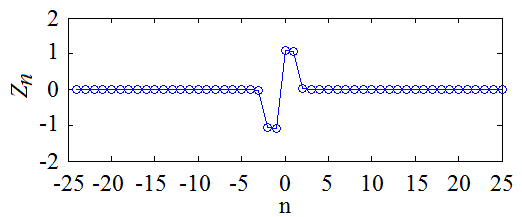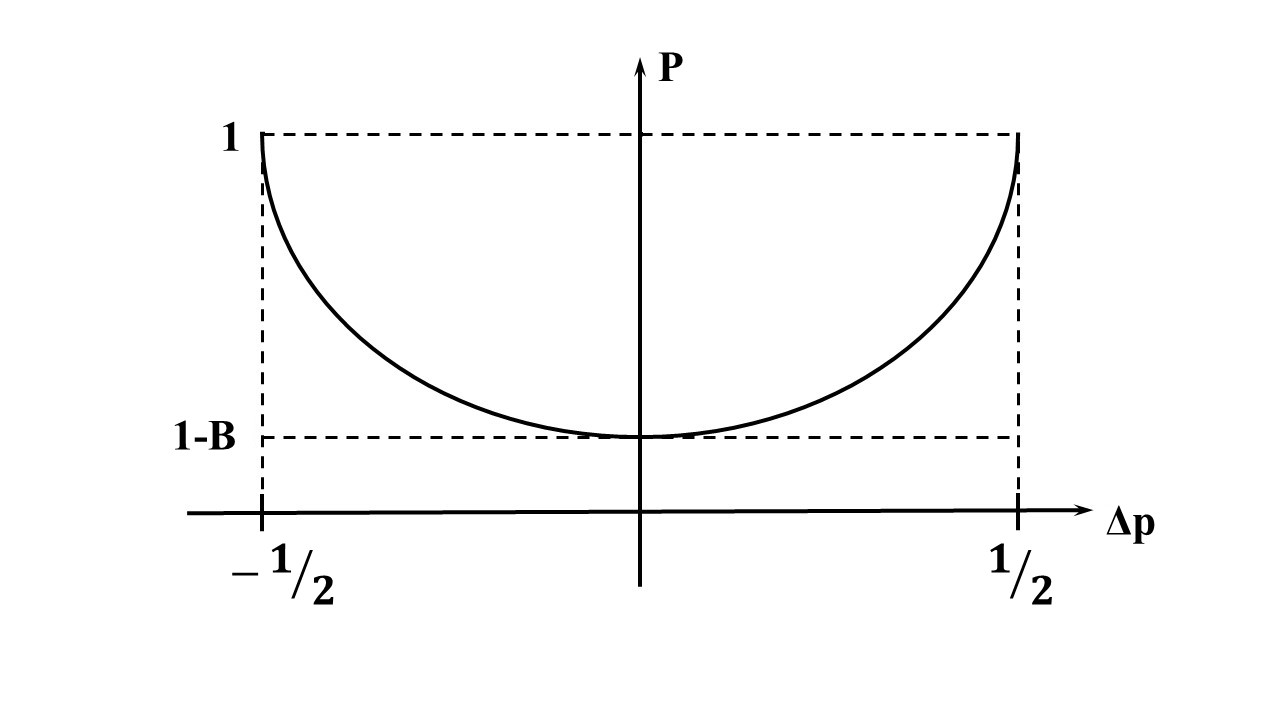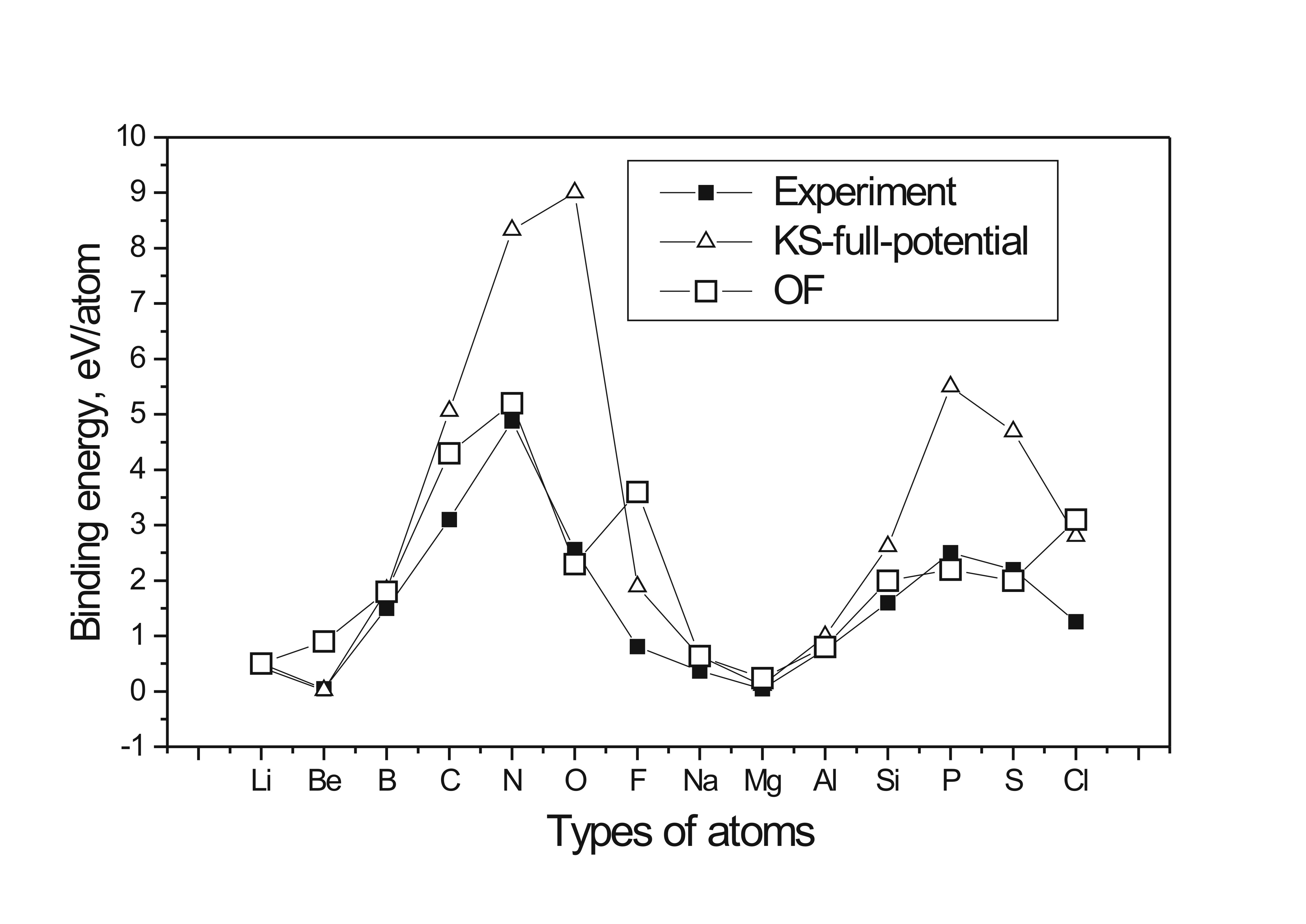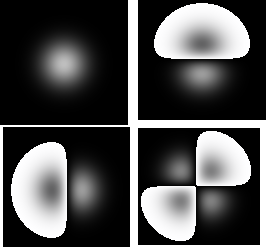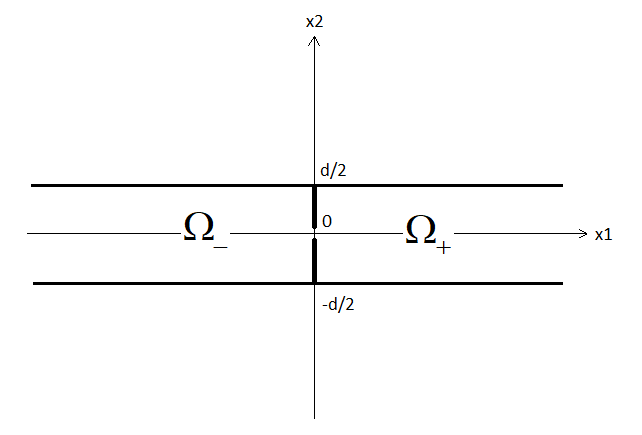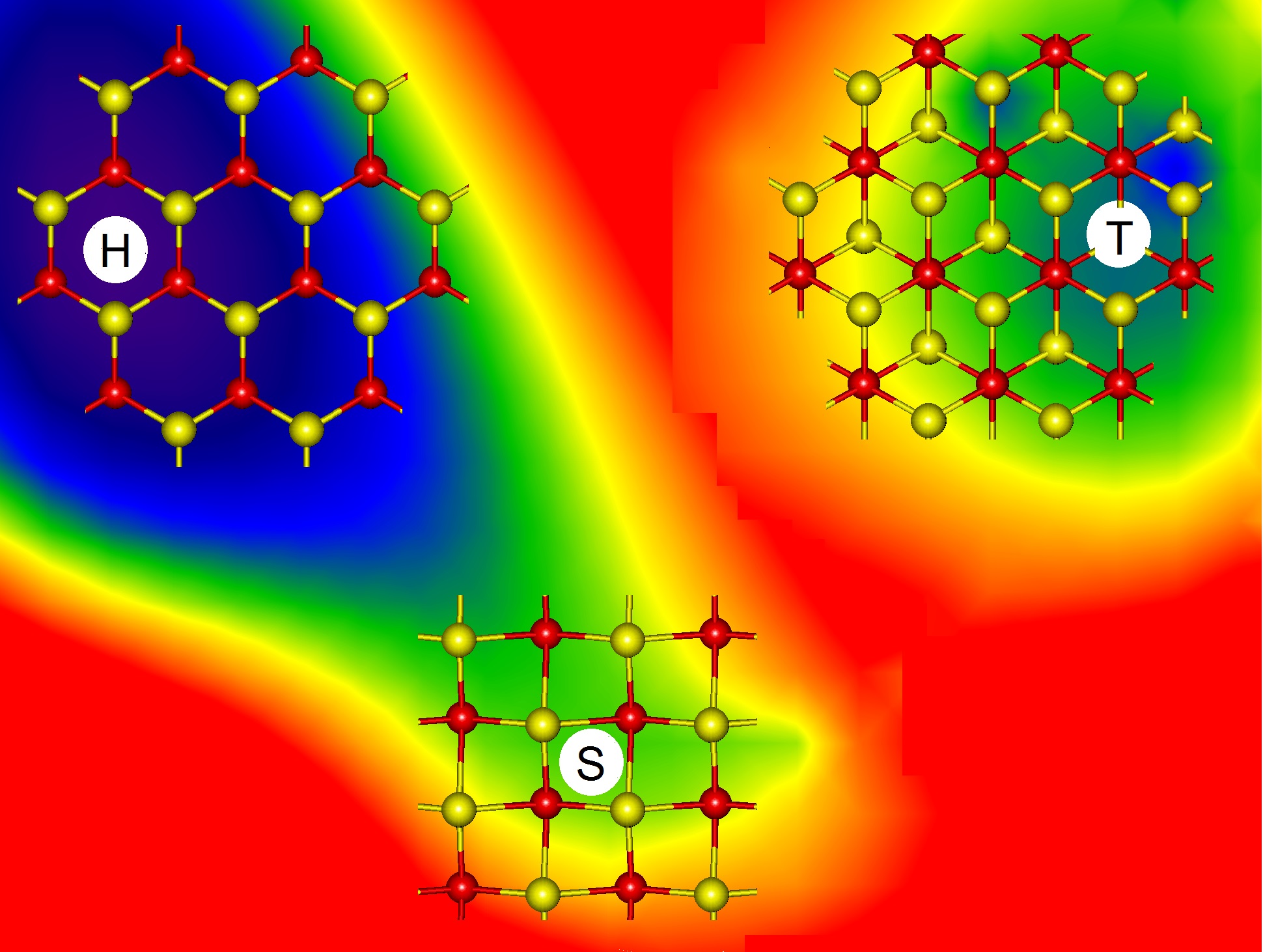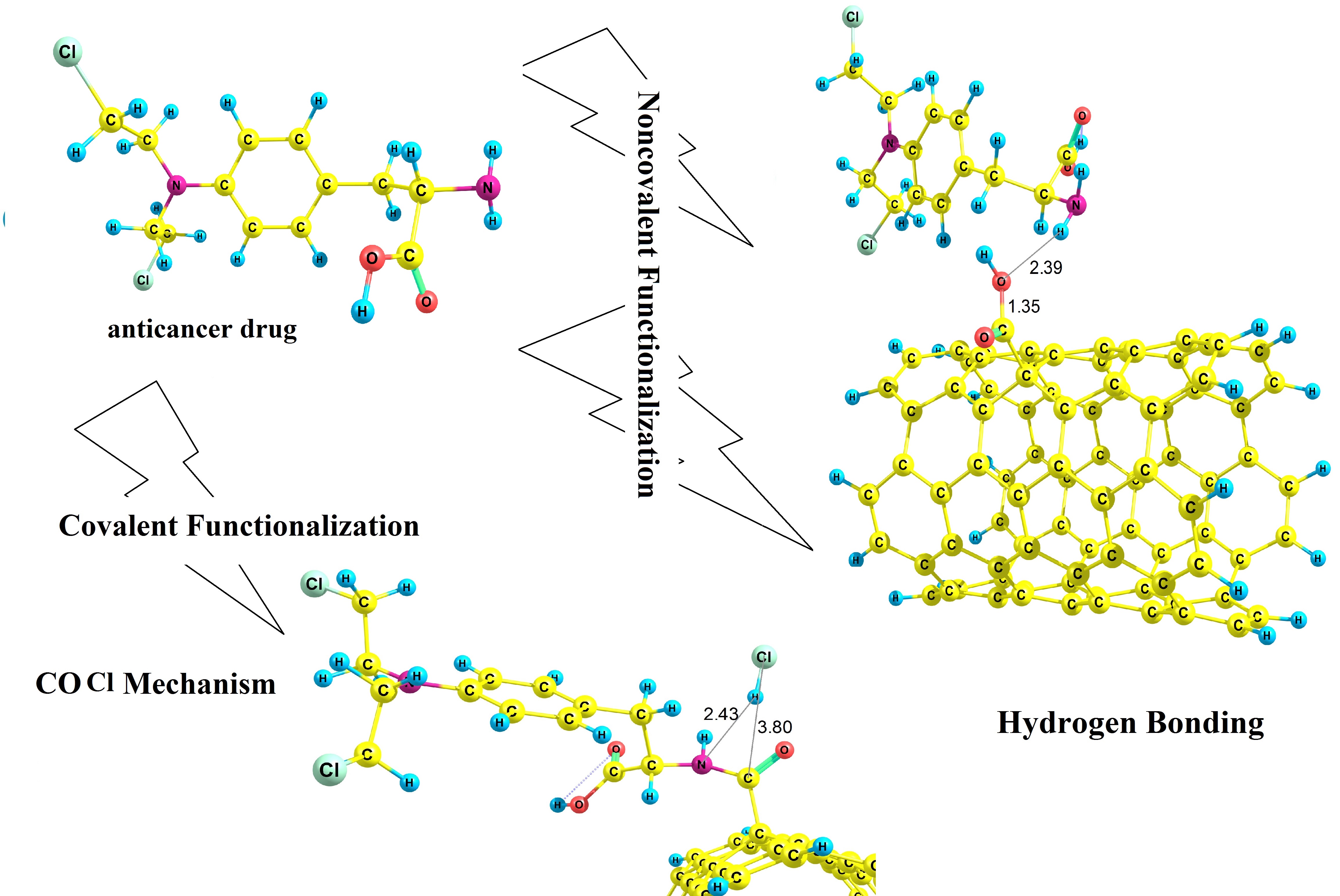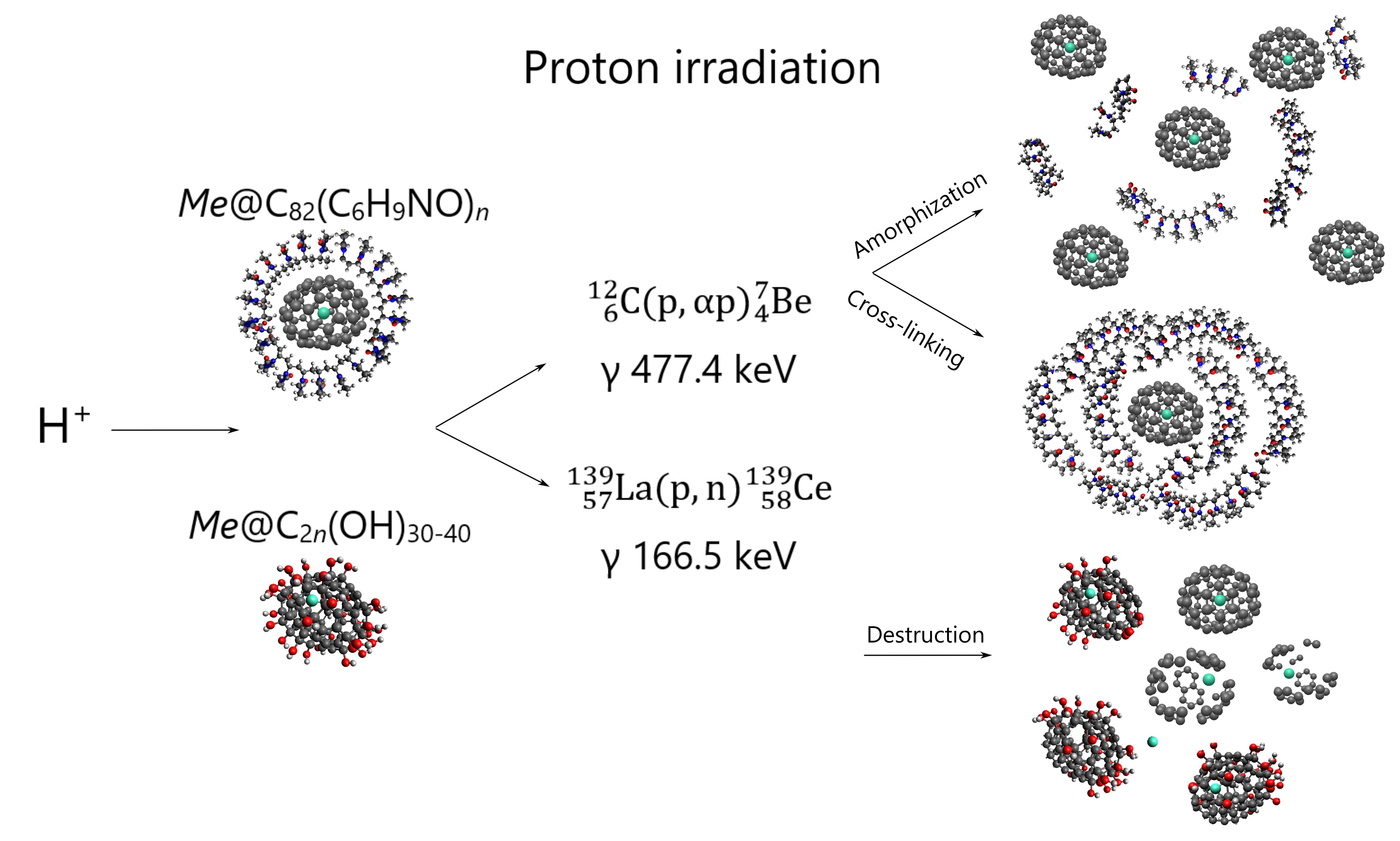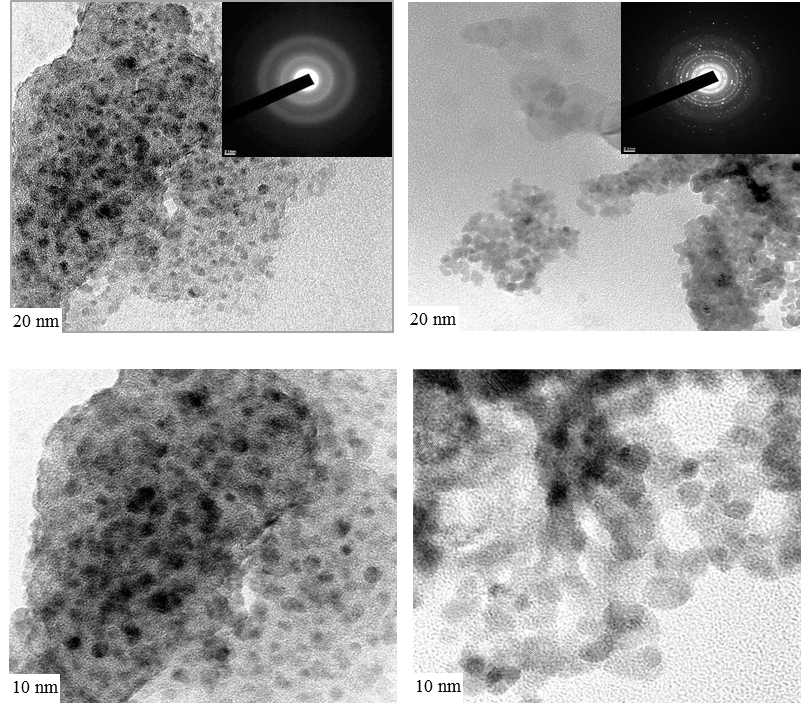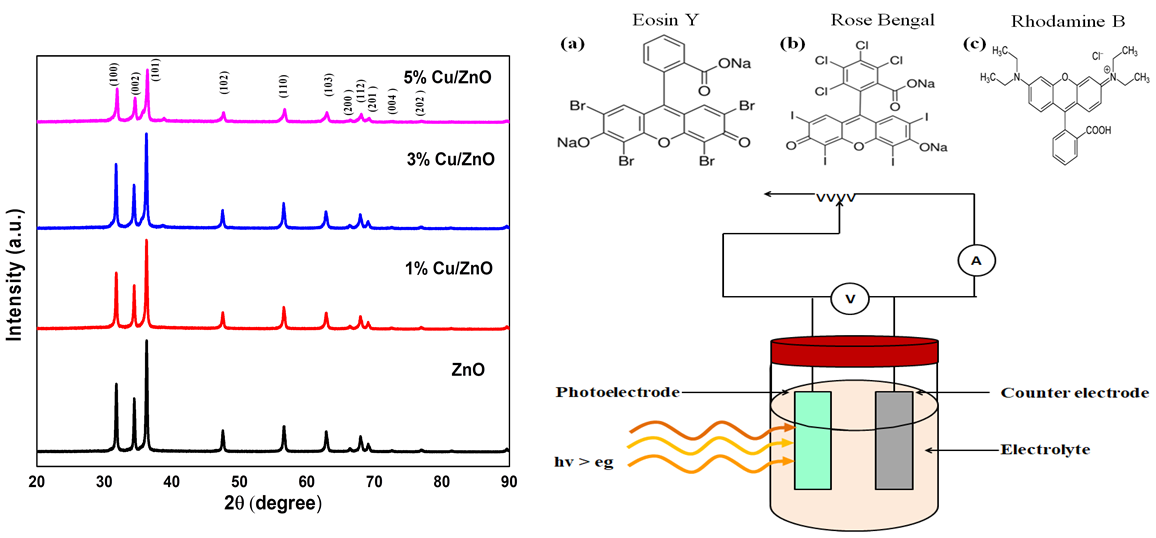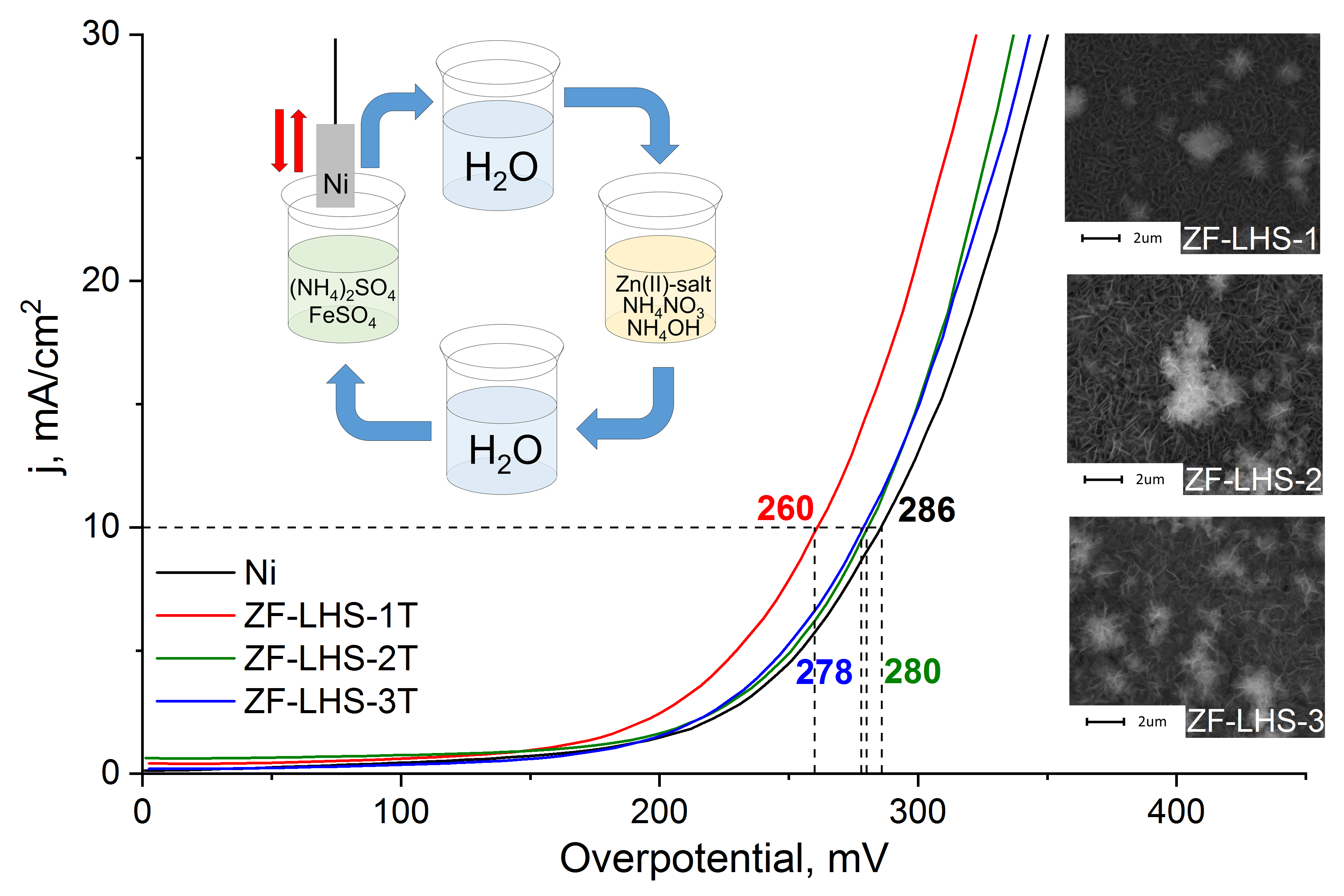MATHEMATICS
In this paper, a parametrically driven discrete nonlinear Schrödinger equation will be considered for defocusing case. Analytical and numerical calculations will be performed to determine the existence and stability of intersite dark discrete solitons admitted by discrete nonlinear Schrödinger equation. It will be shown that a parametric driving can stabilizes intersite discrete dark solitons. Stability windows of all the fundamental solitons will be presented and approximations to the onset of instability will be derived using perturbation theory, with accompanying numerical results.
PHYSICS
In this paper, we study unambiguous state discrimination regarding advanced attack on phase-coded quantum key distribution protocol. We propose the method of optimal unambiguous state discrimination probability derivation as a function of a priori probabilities for signal states. The expression obtained as an example in case of two signal states explicitly demonstrates the additional term dependent on small deviations from equal a priori probabilities that may take place in real quantum key distribution implementations. Precise estimation of optimal unambiguous state discrimination probability is significant for complete evaluation of quantum key distribution security.
We studied a principal opportunity to develop a full–potential orbital–free method for modeling of multi–atomic systems using results of Kohn– Sham calculations for single atoms. We have obtained equilibrium bond lengths and binding energies for homoatomic dimers Li2, Be2, B2, C2, N2, O2, F2, Na2, Mg2, Al2, Si2, P2, S2, and Cl2 as well as for heteroatomic dimers CSi, CB, CN, CO, SiO, NO, AlO, AlC, and NaCl. We analyzed our results and concluded that they are coordinated with experimental data not worse, than the results received by means of full-electrons calculations by the Kohn–Sham method.
Modeling of image transmission with a classic quantum computer interpreter is suggested. The transmission algorithm from the paper (Lemos G.B., et.al. Quantum Imaging with Undetected Photons, Nature, 2014, 512, P. 409–412) is modified to reduce the complexity of the quantum circuit. Simplification was done by replacing the non-linear optical elements with a conventional quantum entanglement operator. The obtained results show expected efficiency of data transmission with Gaussian beam by hypothesis test and calculation error function. This error function is used for quality measurement. The interpreter is written in Kotlin language.
A quantum waveguide with a semitransparent barrier, placed across it, is considered. It is assumed that the barrier has a small window. This local perturbation of the waveguide causes the appearance of resonance states localized near the barrier with the window. The asymptotics (in small parameter – the window width) of the resonances (quasi-bound states) is obtained. The procedure of construction of full formal asymptotic expansion is described. The first two terms of the asymptotic expansion are obtained explicitly. These terms describe the shift of the resonance from the threshold and the life time of the corresponding resonance state.
Molybdenum disulfide is a title compound among the layered metal dichalcogenides, being a prominent tribological agent and vital platform for catalysts. The properties of a MoS2 layer can vary widely, depending upon polymorphic composition. Here, using the density-functional theory calculations, the potential energy surfaces for polymorphic H- and T-MoS2 layers are mapped. While the energy barriers for H→T and T(T0)→H transitions are found to be in fair agreement with previous studies which employed the nudged elastic band method, the bird’s-eye view at the energy landscape of MoS2 layer has disclosed the as-yet undescribed energy plateau attributed to an intermediate – square lattice of MoS2 layer (S-MoS2). The stability, structural and electronic properties of S-MoS2 are discussed in comparison with those for H- and T-MoS2 layers
CHEMISTRY AND MATERIALS SCIENCE
The minimum crystallite size in a group of oxides has been analyzed as a function of their synthesis conditions, critical nucleus size and the crystal structure parameters. Nanocrystals were synthesized by solution combustion, hydrothermal synthesis and heat treatment in air of the precipitated hydroxides. Aluminum and iron oxides, titania and zirconia, cobalt ferrite, AFeO3 ferrites (A = Bi, RE), Aurivillius phases Bim+1Ti3Fem−3O3m+3 (m=3 – 9), as well as solid solutions based on these phases were chosen as the objects of the study. The presence of a correlation between the crystalline oxide unit cell parameters and the synthesized crystals minimum size is shown. A conclusion was made about the impossibility to use only the thermodynamic concept of the critical nucleus for determining the minimum possible particle size of a new phase in some cases of oxide nanocrystals synthesis. The paper demonstrates a necessity to use crystal-chemical criteria that complement the methods of phenomenological thermodynamics and kinetics for determining the minimum possible particle size of the resulting crystalline oxide phases synthesized under the considered conditions.
Using quantum chemical calculations, noncovalent functionalization of melphalan drug on the surface of functionalized carbon nanotube (NT) have been examined. Quantum molecular descriptors of noncovalent interactions were investigated. It was concluded that binding of drug melphalan into COOH-functionalized NT (FNT) is exothermic and makes the system stable. Comparison between FNT and COCl functionalized NT (F0NT) showed that FNT has more binding energy and may act as a carrier for drug delivery (if the noncovalent functionalization is desired). The OH and NH2 groups of melphalan may bond to Cl (COCl mechanism) and COOH (COOH mechanism) of F0NT and FNT, respectively. Therefore, four mechanisms for the covalent functionalization have been investigated. The transition states of four pathways were optimized and activation parameters were evaluated. The high barriers of COOH pathway are greater than those of COCl pathway and therefore F0NT is suitable carrier for covalent functionalization.
The radiation resistances of fullerenes C60 and C70, end metallofullerenes Me@C2n (n = 30 – 50), derivatives C60(OH)(30) and Me@C2n(OH)30−40 (Me = Sm, Eu, Gd, Tb, Ho, Fe, Co), and complexes with biocompatible polymers – polyvinylpyrrolidone and dextrin –
Fe@C60(C6H9NO)n, Sm@C82(C6H9NO)n, Gd@C82(C6H9NO)n and Fe@C60(C6H10O5)n were studied. For the structures irradiated by protons with energies of 100 MeV and 1 GeV, radiation resistance was estimated. The comparison of the results of radiation resistance under irradiation by protons and reactor neutrons at fluencies from 1018 to 1019 cm−2 was carried out. It is shown, that endofullerenols are more stable under the proton and neutron irradiation than initial endofullerenes. The molecules containing Eu, Gd and Sm with large thermal neutron capture cross sections were found to be the most stable under neutron irradiation.The mechanism of rebuilding of secondary endofullerenols Eu, Sm, Gd, as well as other factors’ influence on radiation resistance are discussed.
The CeO2 sols stabilized by polyvinyl alcohol (PVA) were obtained from solution of cerium nitrate (III) in the presence of hydrogen peroxide and ammonia. X-ray diffraction, transmission electron microscopy, the pH metric method, ultraviolet spectroscopy and infrared spectroscopy were used to investigate the compositions and properties of the sols. It was observed that the PVA stabilizes the colloidal solution of cerium dioxide. The stability of the solution depends on the mass content of PVA and pH. The surface of various CeO2 particles exhibiting the property of an acceptor interacts with OH groups of PVA. CeO2 sol with 5 wt.% PVA and pH 8.55 (particle size 67 nm) has sun protection properties (UVA/UVB = 0.64) and is characterized by low photocatalytic activity, cytotoxicity and genotoxicity.
In this study transition metal Cu is doped into ZnO framework at 1, 3 and 5 mol% concentrations by sol-gel method and Photoelectrochemical performance under sensitization is recorded. Structural analysis XRD and Raman gives information of wurtzite structure formation without any mislaid peaks. It also informs decrement in crystalline size and lattice parameters as doping level increases. SEM and EDAX provide nono structure formation with appropriate compositions. Optical analysis by FTIR and PL gives peaks at expected positions while DRS UV-visible peaks show humps with red shift due to effect of Cu doping. After structural and morphological study NPs are deposited on conducting glass surface of FTO substrate by doctor blade method and sensitized with mixed xanthene dyes (Eosine Y., Rhodamine B., and Rose Bengal) for 12 h and photoelectrochemical cell performance are recorded under solar simulator under standard AM 1.5 one sun illumination in that 1 % Cu/ZnO photoanode shows good performance as compared to other.
The experimental study was conducted of the impact of ceria nanoparticles introduced into poly(amic acid), the prepolymer of thermally stable aromatic polyimide, upon the kinetics of the thermal cyclization of the film of this prepolymer, the reaction of its transformation to the final polyimide film in the course of its thermal treatment. The nano-filler was shown to accelerate the initial stage of cyclization, occurring at temperatures ranging up to 100–120 ◦C. A possible way of practical application of this effect was discussed.
This paper proposes a method for producing nanocomposite electrocatalytic coatings based on zinc-iron layered hydroxy sulfate Zn2Fe4(OH)12SO4· 8H2O and iron(III) hydroxide Fe(OH)3 using the successive ionic layer deposition (SILD) method. The obtained materials were investigated with the methods of SEM and EDX, XRD, FTIR spectroscopy, and also were analyzed their electrocatalytic performance. These compounds are formed on the surface of the substrate in nanosheets shape with an average size of 6–17 nm, which self-organized into coral-like agglomerates. It was shown that by varying the anionic component of the reaction solution – NO or Cl−, effective control of the 2D nanocrystals phase composition is possible. It has been determined that electrocatalytic materials based on Zn2Fe4(OH)12SO4·8H2O and Fe(OH)3 are active in the process of hydrogen evolution from alkaline water-alcohol solutions. In result overpotential value of hydrogen evolution reaction at 10 mA cm−2 decreases about ∼ 10%, as well as energy consumption to carry out this process reduces about 8–12%. as shown from the decline of the Tafel slope. The developed materials have high cyclic stability and short non-stationary mode, which allows them to be considered as the base of electrocatalysts for the processes of hydrogen evolution from ethanol in an alkaline medium.
ISSN 2305-7971 (Online)



